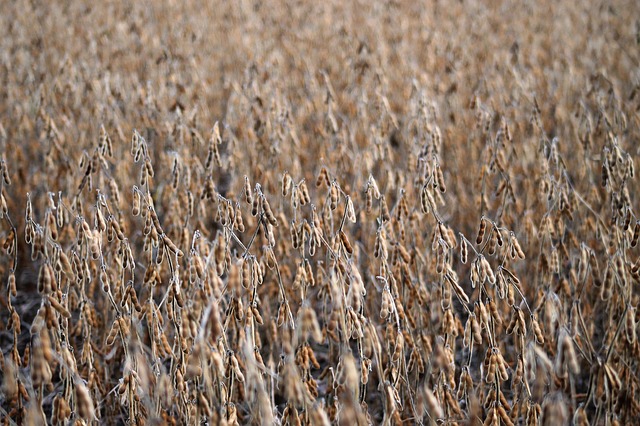When you think of planting cover crops, you probably think that only huge farms do that. Well, you would be right in that most farms do plant cover crops after the harvest. However, there is no set rule about how large your planting area has to be. So, should you plant cover crops in your home garden?
Why Cover Crops are Used
First, let’s answer the question of why. First, they slow the natural process of soil erosion. Leaving your garden bare after the harvest makes it susceptible to erosion, especially if it is on a slight grade or a dramatic incline. Also, cover crops are used to improve soil health and enhance water availability, and best of all, they smother out the weeds and help to control certain pests. Cover crops have also been shown to improve harvest yields and they add organic matter to the soil. In addition, they also prevent the leaching of nutrients from the soil. If all of that is not enough to convince you that you need to be doing this, they also attract pollinators.
What Cover Crops Should be Implemented
If you aren’t trying to cover acres of land, the cover crops vary by what makes sense in the space that you have and your goal. Ask yourself, what do I want to get out of this? If your goal is depleting leftover nitrogen from your main harvest, consider planting legumes (clover, vetch, peas, beans). This is probably not going to be a big issue with small gardens, but can become problematic if acres are involved. Leftover nitrogen and phosphorus from fertilizers used during the main crop season are washed or leached out of the soil by rainfall or snow melt. From there it ends up in our rivers and streams that feed our lakes and reservoirs. This in turn fertilizes the plant growth in the water. When it is too much, it will rob the aquatic animal life of oxygen in the water and may lead to their demise. So these options can of course be used for smaller-scale gardens but it’s not a necessity unless your garden area is close to a waterway, even if it is just a pond. Non-legumes include the cereals such as rye, wheat, barley, and oats or, forage grasses like annual ryegrass. Broadleaf species are those such as buckwheat, sunflowers, mustards, and brassicas. All cover crops are beneficial in many ways, so it is just a matter of preference for smaller gardens.
How
After you plant your cover crop, you don’t have to do anything. In early spring you want to turn your cover crop into the soil, preferably at least 3 weeks before your planned planting. This will allow the organic matter time to decompose. Do not let your cover crop go to seed as it may end up being a problematic invasion for the rest of your garden during the main crop growing season. Be sure to mow or till your cover crop under before seed heads form. If allowed to go to seed the stalks may have become woody and they won’t decompose as quickly as the rest of the plant.
If you till it under, this will put nutrients into the soil that may leach out in the time that no plants are growing in the garden. However, if you decide to just mow it this will help with soil erosion. Then you can turn it under in the spring.
When
As soon as your main harvests are cleared, you should sow your cover crop. Soybeans and rye seem to be the most popular choices for smaller gardens. However, you can do some research into the matter here and choose for yourself. But just know that the benefits make it worth the effort.
As always,
Happy Gardening!


